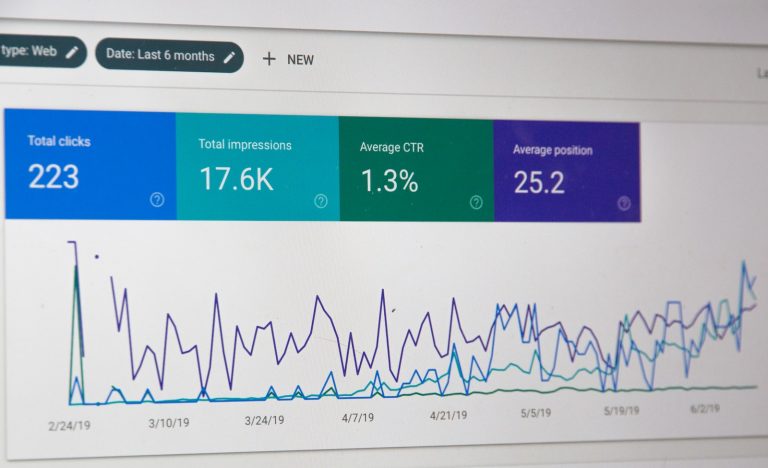In today’s competitive market, businesses strive to create products that not only meet customer expectations but also exceed them. User feedback plays a crucial role in product development, providing valuable insights that help businesses understand customer needs, improve product features, and enhance overall customer satisfaction. In this article, we will explore the importance of user feedback in product development and how it contributes to the success of businesses.
Understanding User Needs:
User feedback serves as a direct line of communication between businesses and their customers. By actively seeking feedback, businesses gain insights into user needs, preferences, and pain points. This understanding helps businesses align their product development efforts with customer expectations, ensuring that the final product meets their needs.
Identifying Areas for Improvement:
User feedback highlights areas where a product may fall short or require improvement. Customers can provide valuable suggestions, pinpointing specific features or functionalities that need attention. This feedback enables businesses to prioritize product enhancements and allocate resources effectively, resulting in a more refined and customer-centric product.
Enhancing User Experience:
User feedback is instrumental in enhancing the user experience (UX) of a product. By listening to customer feedback, businesses can identify usability issues, design flaws, or any other obstacles that hinder a smooth user experience. This information allows businesses to make necessary adjustments, ultimately leading to a more intuitive and enjoyable product experience for customers.
Iterative Development:
User feedback facilitates an iterative development process, where businesses continuously refine and improve their products based on customer input. By incorporating feedback into each development cycle, businesses can address issues and release updates that align with user expectations. This iterative approach not only enhances the product but also fosters customer loyalty and satisfaction.
Early Detection of Bugs and Issues:
User feedback serves as an early warning system for identifying bugs, glitches, and other technical issues. Customers often encounter problems while using a product, and their feedback helps businesses identify and rectify these issues promptly. By addressing these concerns in a timely manner, businesses can ensure a smoother user experience and prevent potential customer dissatisfaction.
Validating Product Decisions:
User feedback provides businesses with concrete evidence to validate their product decisions. By collecting feedback from a diverse range of users, businesses can assess whether their product aligns with the intended target market. This validation helps businesses make informed decisions, avoid costly mistakes, and increase the chances of product success.
Building Customer Relationships:
Actively seeking user feedback demonstrates to customers that their opinions and experiences are valued. This engagement fosters a sense of trust and loyalty, as customers feel heard and appreciated. By establishing a feedback loop with customers, businesses can build stronger relationships, encourage brand advocacy, and create a loyal customer base.
Competitive Advantage:
Incorporating user feedback into product development gives businesses a competitive edge in the market. By consistently improving their products based on customer input, businesses can differentiate themselves from competitors who may overlook user needs. This customer-centric approach positions businesses as industry leaders and enhances their reputation for delivering high-quality products.
Implementing User Feedback Strategies:
To effectively utilize user feedback in product development, businesses should consider the following strategies:
- Proactive Feedback Collection: Actively seek feedback through surveys, user testing, or customer support channels. Encourage customers to provide feedback and make the process as seamless as possible.
- Analyze and Prioritize: Analyze user feedback to identify common themes, prioritize areas for improvement, and align them with business goals and objectives.
- Regular Communication: Maintain open lines of communication with customers to keep them informed about how their feedback is being used and the progress made in addressing their concerns.
- Feedback Integration: Incorporate user feedback into the product development process, ensuring that it is considered at each stage. This iterative approach ensures continuous improvement based on customer needs.
- Feedback Response: Acknowledge and respond to user feedback promptly, demonstrating that their input is valued and acted upon. This helps build trust and encourages further engagement.
In conclusion: User feedback is an invaluable resource in product development, providing businesses with insights that drive customer satisfaction, loyalty, and product success. By actively seeking and incorporating user feedback, businesses can align their products with customer needs, enhance the user experience, and gain a competitive advantage. The iterative nature of user feedback allows businesses to continuously refine and improve their products, ultimately leading to higher customer satisfaction and long-term success. Embracing user feedback as an integral part of the product development process is essential for businesses to stay customer-centric and thrive in today’s dynamic market.




